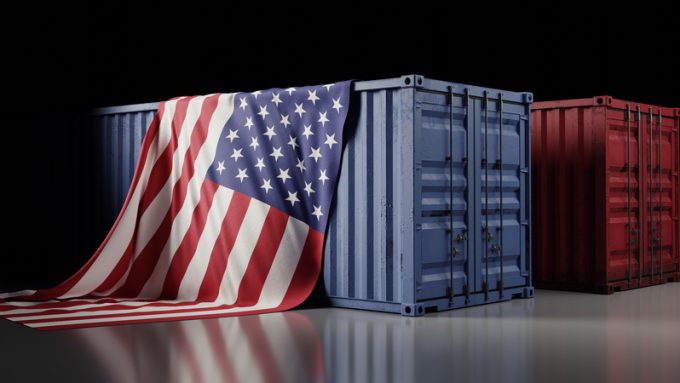Trading tensions with the US may push Brazil closer to China
Brazil is likely to seek new trading opportunities outside the US, after the US Trade ...

US imports are on course for volumes at a height not seen over the past two years, which will test the resilience of supply chains.
Even without work stoppages and cataclysmic disruptions, logistics providers are bracing themselves for a bumpy ride.
According to the Global Port Tracker, ...

Comment on this article